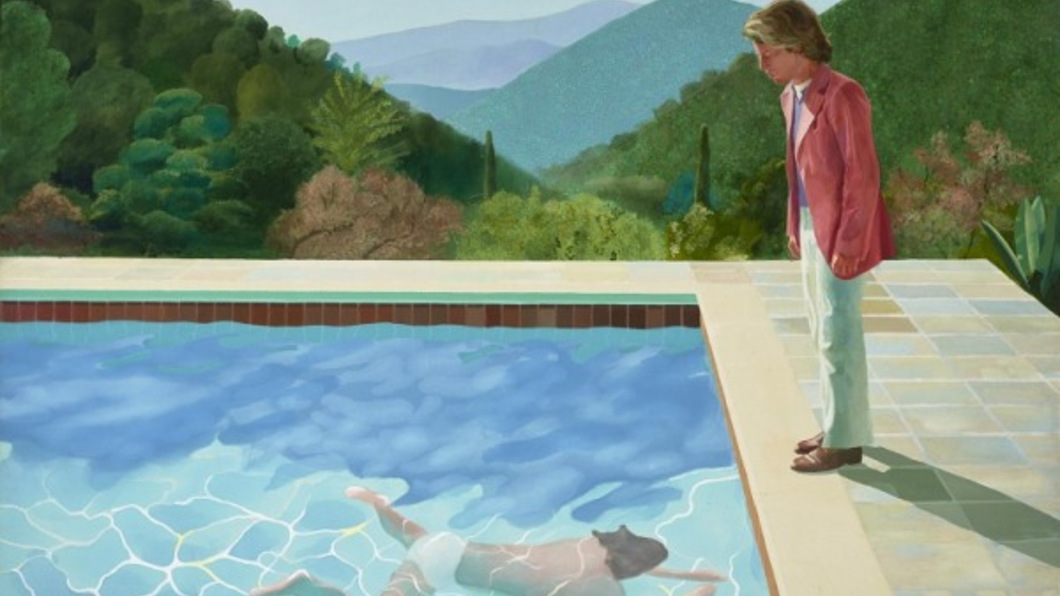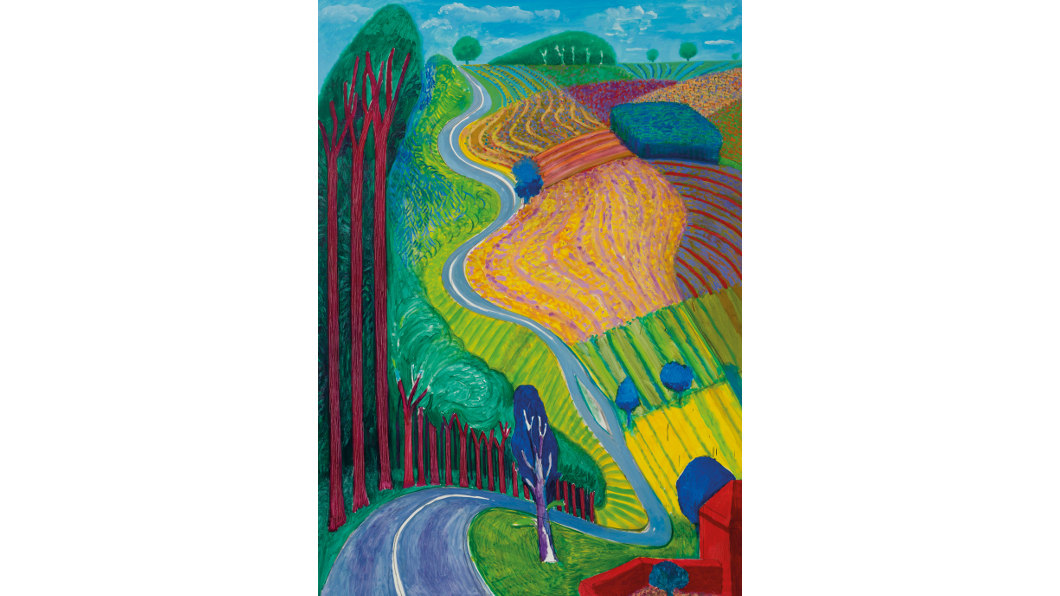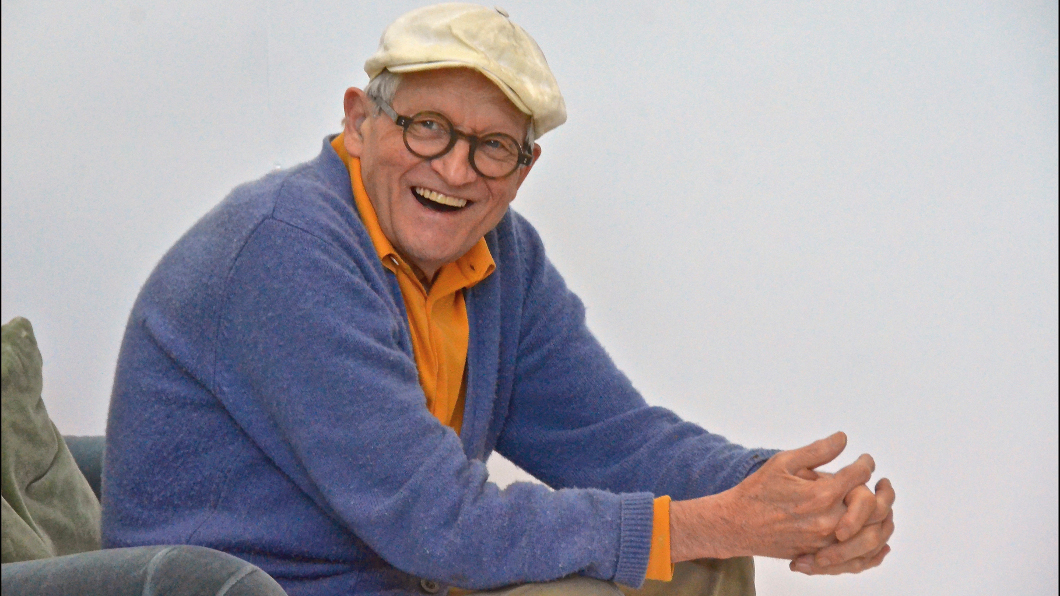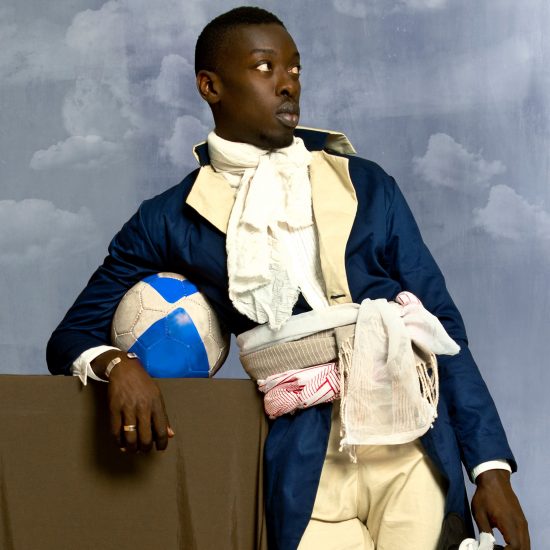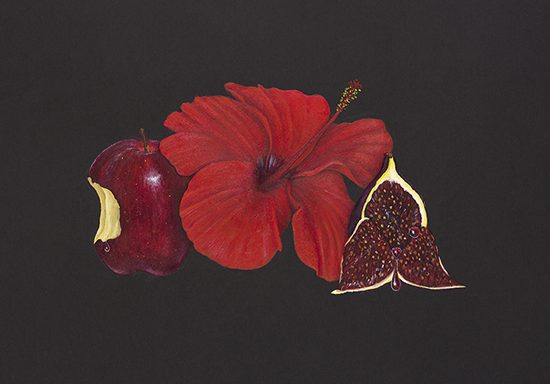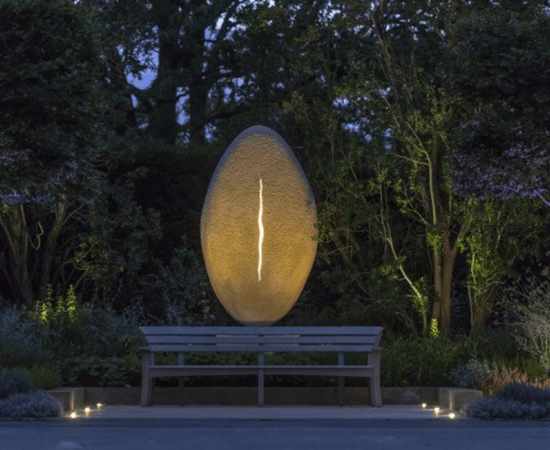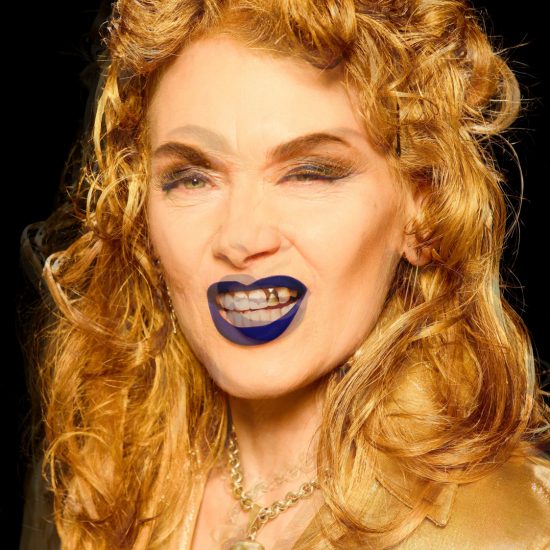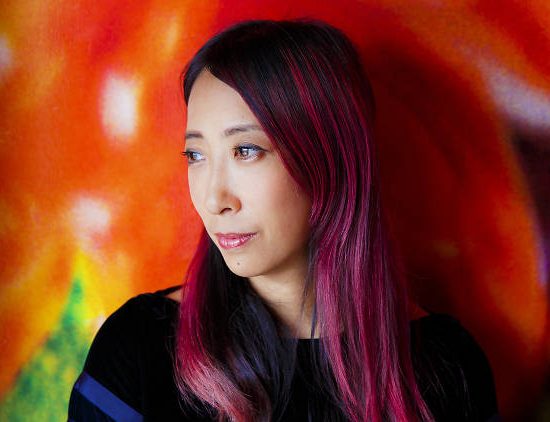By Daniel Evans
David Hockney is 80 in July but he has never been so popular – or worked so hard. The biggest exhibition of his work is now open at the Tate Britain and looks at his evolution from a student to become arguably Britain’s greatest living artist. Hockney, clearly moved by the public’s continued interest in his work, said after he helped choose the 250 pieces of artwork that will be on display: “Many of them seem like old friends to me now.”
This exhibition offers an unprecedented overview of the artist’s work to date. Presented as a chronological overview, it traces his development from the moment of his appearance on the public stage as a student in 1961, through to his iconic works of the 1960s and 1970s, and on to his recent success at the Royal Academy and beyond.
Looking around the exhibition before it opened, Hockney, who still paints every day and recently said he was in his most prolific period, said modestly: “I made some quite good pictures, didn’t I?”
The show, which includes more than 100 works made over more than half a century, is the first major look at his career in almost 30 years. It includes sketches from his time at art school to works drawn on his iPad at home in California last year. In a recent newspaper interview he said: “When I’m painting I feel 30 but when I stop I feel older. I’m a bit slower than I was but I stand up to paint every day.”
He went on: “It has been a pleasure to revisit works I made decades ago, including some of my earliest paintings. Many of them seem like old friends to me now. We’re looking back over a lifetime with this exhibition, and I hope, like me, people will enjoy seeing how the roots of the new and recent work can be seen in developments over the years.”
The invention of Hockney’s classic works is explored, including his portraits of family, friends and himself, as well as his iconic images of LA swimming pools. It also includes his celebrated Yorkshire landscapes of the 2000s and work made since his return to California in 2013.
The exhibition, the fastest-selling in Tate history – 20,000 tickets were snapped up in advance – will also show how the artist has frequently changed his styles and way of working, embracing new technologies as he goes. For the first time this exhibition shows how the roots of each new direction lay in the work that came before. For example, his radical ‘joiner’ assemblages of photographs, such as the Pearlblossom Highway 1986, informed the paintings of his Hollywood home and the Californian landscapes that he made then and after.
Exhibition curator Chris Stephens had one question for Hockney when the pair of them began to put the exhibition together. “What do you want people to feel when they leave?” I asked him. To which he replied: ‘Joy. I’d like them to leave looking more closely at the world because there is a lot of pleasure to be had from looking more closely.’
“David is a hugely popular artist and rightly we should be putting on shows that people want to see. But at the same time it doesn’t mean there is not something very serious about what he does. The fact they are visually pleasurable doesn’t mean they are shallow.”
Alex Farquharson, director of the Tate Britain, said: “David Hockney is without doubt one of Britain’s greatest living artists. His practice is both consistent, in its pursuit of core concerns, while also wonderfully diverse. Hockney’s impact on post-war art, and culture more generally, is inestimable, and this is a fantastic opportunity to see the full trajectory of his career to date.”
Following the showing in London, the exhibition will travel to the Centre Pompidou in Paris and the Metropolitan Museum in New York.
The David Hockney exhibition will be at Tate Britain in London until May 29. Adults £17.50. Under 12s free – up to four per family adult. Family tickets available.
http://www.tate.org.uk/whats-on/tate-britain/exhibition/david-hockney



